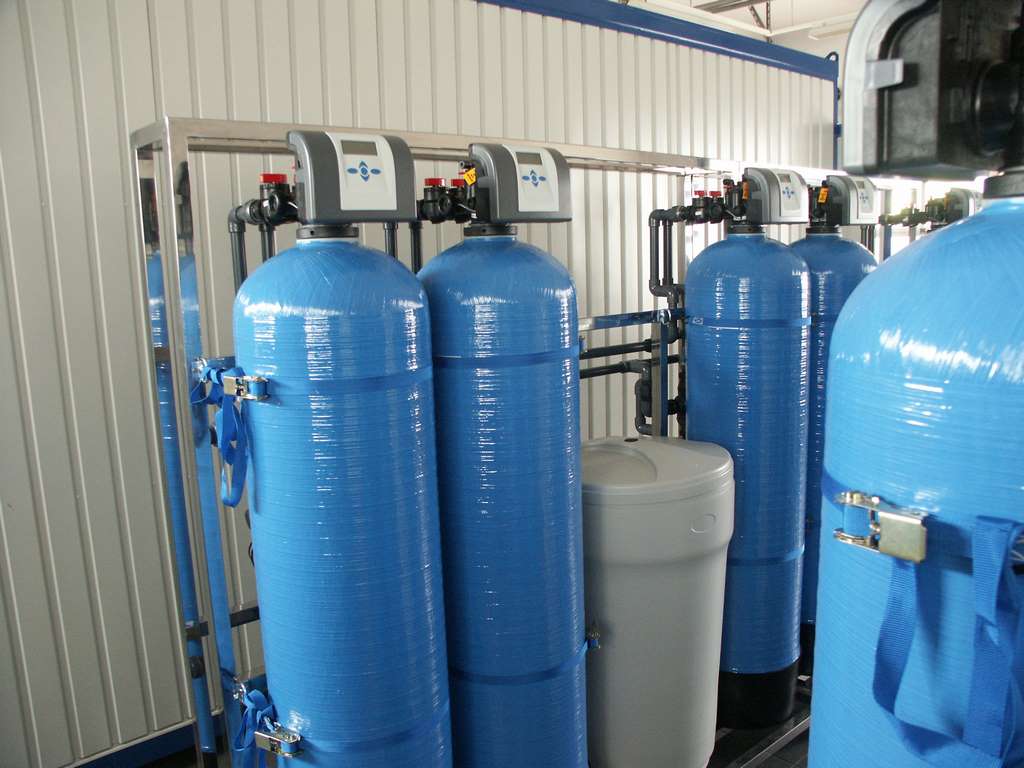BASIC ASSUMPTIONS
In the assumptions of our projects, a fundamental principle is closing water cycles or reducing the amount of wastewater in water treatment and liquid purification processes. This concept is nowadays in line with water management policy. Many countries have introduced water consumption restrictions, which today primarily affect industry but increasingly also concern the civilian population. There are many ways of motivating water conservation, and we operate in accordance with these principles. All our purification, post-treatment, and water conditioning systems are available in the form of mobile containers, which saves time in terms of bureaucracy (permits).
ADVANTAGES OF ION-EXCHANGE SYSTEMS:
- Failure-free operation and easy handling – fully automated,
- Durability of filter media,
- Compact station size – reduced infrastructure costs,
- Long operating cycles,
- Trace amounts of wastewater,
- Short implementation time,
- Selective removal of contaminants.

We are also prepared to address new challenges and problems in the field of liquid purification and environmental protection, applying other well-known technologies in line with the client’s expectations.
DEVELOPED SYSTEMS AND TECHNOLOGIES:
- System for capturing ammonia from cooling system wastewater in a fertilizer plant and closing the water cycle.
- Modernization of wastewater treatment in electroplating plants, reducing wastewater to 5% and implementing a closed-loop program allowing recovery of bath components, capturing chromium and other metals present in plating baths.
- Removal of iron and manganese from water, including complexes, as well as ions of other heavy metals such as mercury, thallium, barium, lead, etc.
- We developed a technology for removing biogenic compounds from municipal wastewater treatment plants, enabling the process without the need for wastewater storage and aeration, which simplifies post-treatment, reduces costs, and allows compliance with increasingly strict standards or reuse of grey water.
- small biological treatment plants up to 50 PE (population equivalent)
- Treatment of geothermal waters and brines to remove barium (Ba), strontium (Sr), and radioactive radium (Ra).
- Program for the natural management of slurry – a by-product of large-scale animal farming – and digestate from biogas plants.
- System for capturing formaldehyde and methanol from wastewater from plastics factories.
- System for capturing ammonia from process condensates from sugar factories.
- Wastewater treatment system after ammunition disposal – capturing mercury and lead.
- Wastewater treatment systems after TNT production.
- System for capturing and managing sulfate-laden wastewater.
- Technology for recovering rare earth elements from phosphogypsum.
- General treatment of mine waters.
- Treatment of wastewater (flowback fluid) generated after hydraulic fracturing.
- Development of technology for capturing phenols from lakes and rivers.



